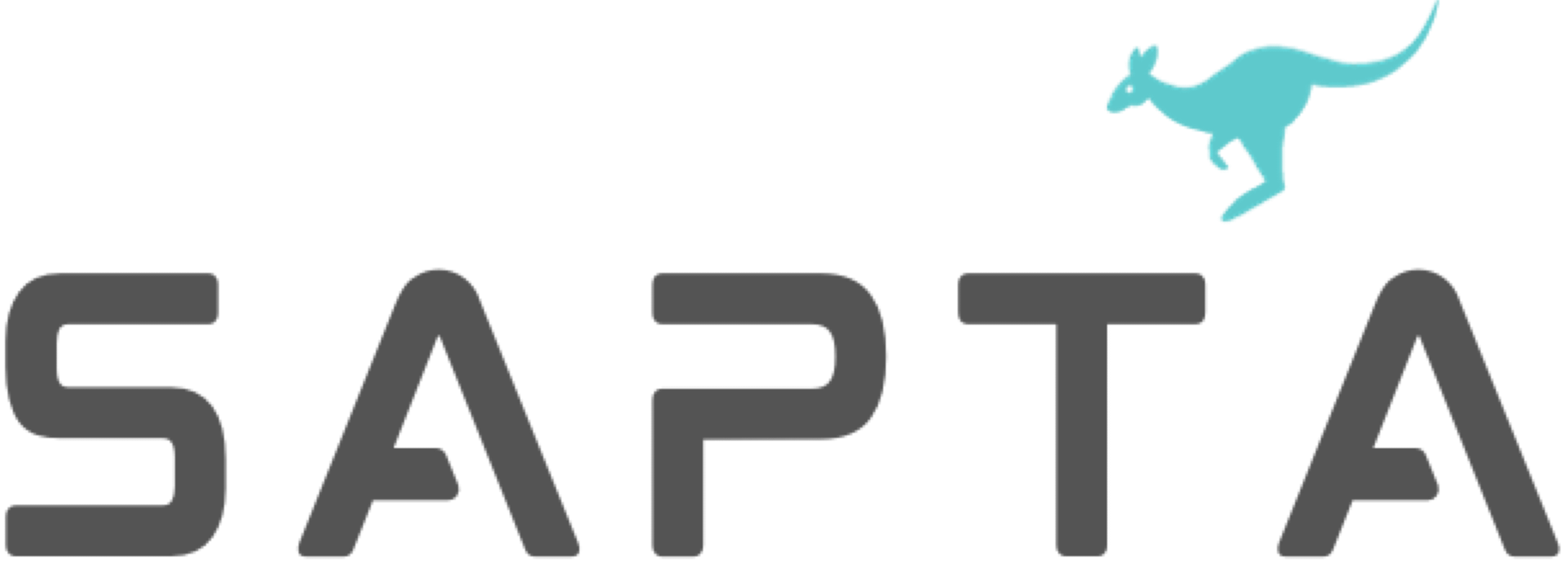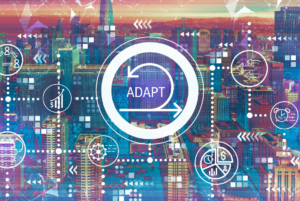
In today’s competitive business landscape, organizations must actively enhance employee engagement for success. Studies, indicate that organizations with highly engaged employees achieve twice the annual net income of those with low engagement levels. Furthermore, according to Gallup’s “State of the American Workplace,” highly engaged employees, who are enthusiastic about their work, demonstrate 17% higher productivity, 10% better customer metrics, and drive innovations moving their companies forward.
This article explores how adopting the adaptive strategy methodology boosts employee engagement by focusing on open innovation, organizational alignment, and continuous learning and development.
Open Innovation
Adaptive strategy embraces open innovation, acknowledging that great ideas can originate from anyone, anywhere within the organization. By creating a workplace that encourages employees to contribute their ideas and insights, organizations tap into a wealth of collective intelligence. Whether through brainstorming sessions or digital platforms, when employees feel their ideas are valued and heard, it fosters a sense of ownership and pride while also nurturing a culture of collaboration and creativity.
Organizational Alignment
A significant challenge for many organizations is ensuring alignment between individual goals and organizational objectives. However, organizations with clear and well-communicated goals are 3.5 times more likely to have highly engaged employees compared to those without clear goals. Adaptive strategy addresses this challenge by promoting clarity and transparency in communication. By consistently communicating the organization’s strategic direction, goals, and priorities, leaders ensure that every employee understands how their work contributes to the larger mission. This sense of purpose and alignment cultivates a deeper connection to the organization’s goals, enhancing ownership and motivation.
Continuous Learning and Development
A lack of career development is frequently cited as the primary reason employees leave their jobs. Conversely, providing more opportunities for learning and development keeps employees engaged and motivated. Adaptive strategy prioritizes learning as a strategic imperative to maintain organizational flexibility and agility. Employees are actively encouraged to continuously expand their skills and knowledge to keep pace with advancing technologies and market shifts. Whether through formal training courses, mentorship initiatives, or self-directed programs, continuous learning not only enhances employee engagement but also strengthens an organization’s talent pipeline, and supports a culture of innovation and adaptability.
Conclusion
In today’s dynamic business landscape, adaptive strategy provides a powerful framework to increase employee engagement. Embracing open innovation, promoting organizational alignment, and prioritizing continuous learning allows organizations to cultivate a motivated, inspired, and fully engaged workforce. As we navigate future challenges and opportunities, adaptive strategy will remain a cornerstone of success, driving innovation, growth, and competitive advantage.
Discover how Sapta’s Innovate supercharges innovation in the modern workplace, while Align establishes top-to-bottom and side-to-side alignment.
Follow us on LinkedIn for all of the latest Adaptive Insights.



